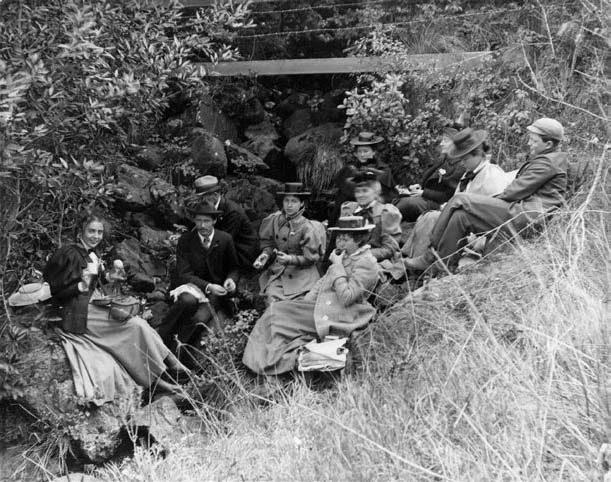History of Stanford Botany and Botanists

From 1893 to 1910 William Dudley collected throughout the Santa Cruz Mountains. John Thomas considered him the most important local collector. There were few taxa of vascular plants that were not vouchered in the herbarium at Stanford (later the Dudley Herbarium) by Prof. Dudley. Sara Timby’s The Dudley Herbarium: Including a case study of Terman’s restructuring of the biology department tells the story of Stanford botany and botanists including William Dudley, LeRoy Abrams, Roxanna Ferris, Reed Rollins, Ira Wiggins, Richard Holm, John Thomas, and Peter Raven. The author (stimby@stanford.edu) welcomes your questions and comments. Fulltext of the article is also available from the Stanford Historical Society, Fall 1998 issue of Sandstone & Tile.
Memorials to Prof. Dudley were published in Dudley Memorial Volume (go to “Full view” for online browsing or to download as PDF), 1913, of Stanford University Publications, University Series.
Also see Portraits of botanists and plant collectors: collection from Stanford University’s Dudley Herbarium, circa 1900–1996 and John Thomas (1961) The History of Botanical Collecting in the Santa Cruz Mountains of Central California, Contributions from the Dudley Herbarium 5: 147–168.
A small, teaching component of the Dudley Herbarium is still in use at Stanford today, and forms the core of the Oakmead Collection housed at Jasper Ridge Biological Preserve—“Documenting Plant Diversity: Jasper Ridge’s Herbarium” by Eliza K. Jewett (Views Online 2005).
Another chapter of botanical studies at Stanford is told by Patricia Craig in volume 4 of Centennial History of the Carnegie Institution of Washington. The Carnegie Instititution’s Department of Plant Biology moved to Stanford in 1929 to the ten-acre site it occupies today.


